For one week every year, physicists from all over the globe come together to discuss the physics surrounding one particle — the neutrino. It may seem tempting to conclude that dedicating an entire week-long conference to a single particle is hyperbole at best. Especially true when considering that this particle is so weakly interacting, that as you have been reading this opening paragraph, hundreds of billions of them have streamed through every square inch of your body. It’s no wonder some scientists have neutrinos on the brain, with so many constantly passing through it.

These neutrinos emerge from a variety of sources; the majority of those that reach us here on Earth originate from the Sun, created by the nuclear processes that power our star, others are created in the upper atmosphere when it is struck by cosmic rays. Even more exotic neutrinos originate from violent cosmic events like gamma-ray bursts and supernovae outside our solar system.
The study of neutrinos is so vital to modern physics that it could explain lingering conundrums such as the nature of dark matter and even deliver the key to a quantum theory of gravity. But, the discovery of the neutrino has humble origins, merging from the need to preserve some of physics’ earliest and most important governing principles.
Saving the laws of conservation
The discovery of a new element or phenomena in physics is usually born from the observation of a missing piece of the Universe’s overall jigsaw, the need to explain some facet of nature that defies expectation. With neutrinos, initial speculation began in the 1930s when one of the fathers of quantum physics Wolfgang Pauli noticed that in beta-decay, both energy and angular momentum were not being conserved. Neutron decayed into protons and electrons — but these daughter products had less energy and angular momentum than their parent.
This violated the conservation laws for both properties, but Pauli postulated that if there were some non-interacting particle carrying away energy and angular momentum, that would prevent such a violation. Beta-decay actually resulted in a proton, an electron and a neutrino — more specifically an antineutrino.
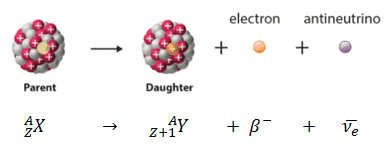
It would be another two decades, give or take, before American physicists Clyde Cowan and Frederick Reines, from Washington New York Universities respectively, would conduct an eponymous experiment to detect neutrinos being emitted from a nuclear reactor. The hunt for more neutrinos was on, and it would require ever more complex and sensitive methods and equipment, pushing the limits of experimental physics.
A ghost in the particle zoo: What is a neutrino?
Neutrinos are fundamental particles that, as mentioned above, are almost massless and completely chargeless. In fact, the mass of neutrinos is so tiny that for many years, scientists believed it was zero. They are certainly far smaller than the other elementary particles.
This lack of substantial mass and charge means that of the Universe’s four fundamental forces; neutrinos barely ‘feel’ gravity and aren’t influenced by electromagnetic forces at all. Likewise, the strong nuclear force — mainly at play between protons and neutrons in atomic nuclei— has no baring on neutrinos. Only the weak force — which mitigates how atoms decay and how fundamental particles change ‘flavour’ — has any real effect on the neutrino.
In many respects, neutrinos are very similar to electrons in terms of the influences they feel. And just like electrons, neutrinos are classed as ‘leptons’ — particles with a ‘spin’ of 1/2 that do not interact with the strong force.

Leptons can roughly be divided into two distinct families — charged and uncharged — and within these categories, further subcategories exist. So for example; the most famous of the charged leptons, the electron, comes accompanied by the muon and the tau, 200 times and 3,500 times the mass of the electron respectively. Of course, each of these comes with a corresponding anti-particle — the positron, the anti-muon and the anti-tau.
But this symmetry runs deeper; each of these particles also comes with a corresponding neutrino — the electron neutrino, the muon neutrino and the tau neutrino. On the rare occasion that one of these particles does interact with matter, it produces its corresponding charged lepton.
Thus, as neutrinos whizz through space at near the speed of light, they barely interact with any matter they encounter. Effectively they are ghosts haunting the particle zoo. This leads us to an interesting question; how to capture a ghost?
Who you gonna call? Cowan and Reines (who were you expecting?)
Neutrinos ‘ghostly’ nature means that it’s very difficult, to catch them directly. This means that early neutrino detection was indirect, observing the rare effects they have on other matter, or even the effect that matter has on yet more matter.
The initial key to detecting a neutrino goes back to beta-decay, the process that first alerted Pauli to their existence. If that interaction could run in reverse, inverse beta-decay, then an electron neutrino should occasionally interact with a proton to produce a neutron and a positron. The latter being crucial in detecting this interaction, as it is their annihilation upon meeting an electron and the creation of distinctive gamma rays, that tips the researchers off to the presence of a neutrino.
Obviously, the rarity of interactions between neutrinos and matter means two things are needed by researchers hoping to spot the signature of such a process; a lot of neutrinos and a lot of matter for these neutrinos to interact with. After Cowan and Reines abandoned the idea of experimenting with the neutrino flux from atomic bomb tests, the duo decided to use a nuclear reactor at Los Alamos, home of the Manhatten Project, as a source of the particles.
For their ‘matter target,’ the team used two extremely large tanks of water, sandwiched between tanks filled with a liquid scintillator — a substance that gives off flashes of light when struck by gamma rays. These flashes can then be detected by devices that convert photons into electrical signals–photomultiplier tubes.
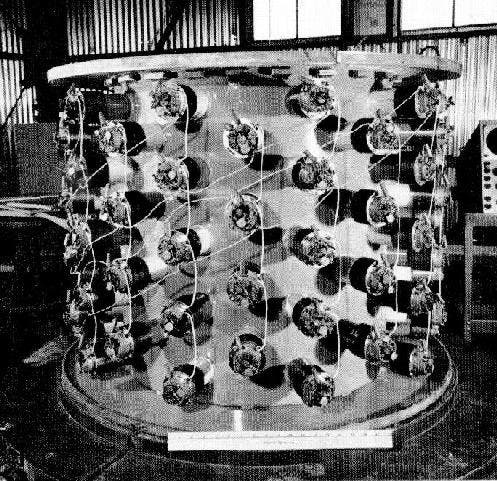
Thus, in 1956, after refining their detector Cowan and Reines made the first indirect measurement of neutrinos, not spotting outgoing particles produced in beta decay, but instead inferring incoming neutrinos triggering inverse beta decay. On June 14 of that year, they sent a telegram to Wolfgang Pauli revealing discovery of the neutrino. He replied: “Thanks for the message. Everything comes to him who knows how to wait.”
The methods of neutrino detection would develop from here, often involving huge vats of liquids as ‘target’ matter. Sometimes surprising substances at that.
Help! Some of our neutrinos are missing!
When you think of complex and sensitive science experiments and the apparatus that they involve, dry cleaning fluid probably doesn’t immediately spring to mind. But, thanks to astrophysicists Raymond Davis and John Norris Bahcall, the story of neutrino detection can be told without touching on this mundane cleaning liquid.
The intention of the duo was to collect neutrinos emitted by a much larger nuclear furnace than that used by Cowan and Reines, Davis and Bahcall would study solar neutrinos emitted by our star. The ‘Homestake experiment’ was conducted almost 5,000 feet underground in the Homestake mine in South Dakota with 100,000 gallons of perchloroethylene — a substance most commonly used for dry cleaning — between 1970 and 1994. Neutrino detectors since have followed this trend, buried underground to protect them from false signals arising from bombardment with cosmic rays.

During the early years of operations, the astrophysicists discovered a problem with neutrinos coming from the Sun. There weren’t enough of them.
Bachall had calculated the rate at which the team’s detector should capture neutrinos, but during the course the experiment, the neutrinos counted totalled only a third of this number. At first, the assumption was that the duo had made some error in their calculations, but repeated checking failed to uncover any mistakes.
What the Homestake experiment had actually uncovered was the so-called ‘solar neutrino problem.’ A problem that would take nearly four decades to resolve. Interestingly, a solution to the seeming deficit in neutrino flux from the Sun had already been proposed by soviet nuclear physicist Bruno Pontecorvo in 1957 —which he reworked and revised in 1968.
Pontecorvo had suggested that if electron neutrinos leaving the Sun had mass, then they could change ‘flavour’ during the journey to Earth and our waiting detectors. So a sample of ‘pure’ electron neutrinos would arrive as a ‘mixed batch’ of electron neutrinos, muon neutrinos and tau neutrinos. The detectors at Homesake were only capable of detecting electron neutrinos, hence why 2/3 of the emitted solar neutrinos were ‘missing.’
Physicists were initially reluctant to take Pontecorvo’s theory under serious consideration, mainly perhaps, as it required a major revision to the standard model of particle physics.
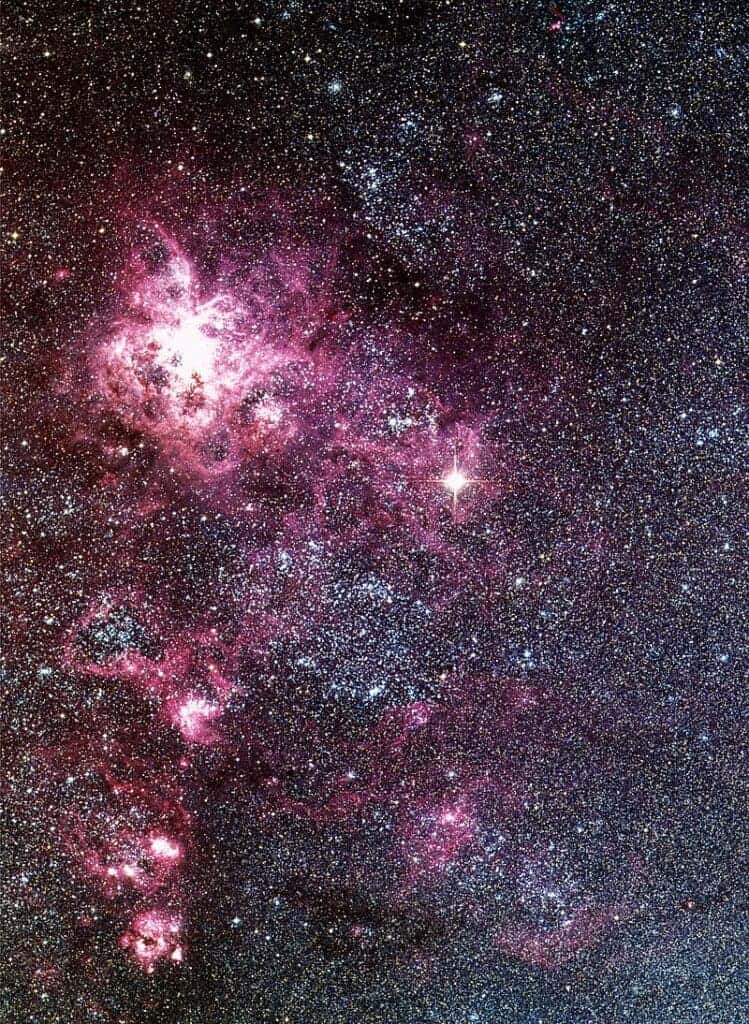
Despite this heel-dragging, in February of 1987 photons from a type II supernova, 168,000 light-years from Earth, were detected. The observation of SN1987A, as it became known, confirmed that neutrinos did indeed possess some mass. If they didn’t they would travel at the speed of light and thus, neutrinos from the SN1987A would have struck the Earth at the same time as the photons from that event.
Unfortunately, this alone couldn’t solve the solar neutrino issue. As detection of neutrinos was so difficult, it was impossible to draw firm conclusions from this one event. The issue would be soon resolved however, thanks mainly to observations made by the Super-Kamiokande detector in Japan and data collected by the Sudbury Neutrino Observatory (SNO), Canada, in 1998 and 1999 respectively.
Out in the cold: Neutrino detection today
The award of the 2002 Nobel Prize in physics to Ray Davies for his detection of solar neutrinos really signalled that the age of neutrino physics had arrived. Further to this, the 2015 prize would be awarded to Takaaki Kajita in Japan and Arthur B. McDonald in Canada, for their work in discovering neutrino flavour oscillation and solving the solar neutrino problem at Super-Kamiokande and the Sudbury Neutrino Observatories respectively.

Like the Homestake detector, both of these detectors consist of giant tanks of liquid buried deep within the Earth. Super-Kamiokande sits 3,000 feet under Mount Ikeno, 50,000 tonnes of ultrapure water and 13,000 photomultiplier tubes detecting Cherenkov radiation, created when neutrinos cause electrons to move faster through the water than even light can.
This may seem counterintuitive, nothing moves faster than light, right? That’s a vacuum. Through materials, electrons can move faster than photons in that same material, if still not as fast as light in a vacuum. The same logic explains why neutrons can escape from the core of the Sun faster than light. Photons are forced to interact with the dense material in a star’s core, whilst neutrinos can pass through without impediment.
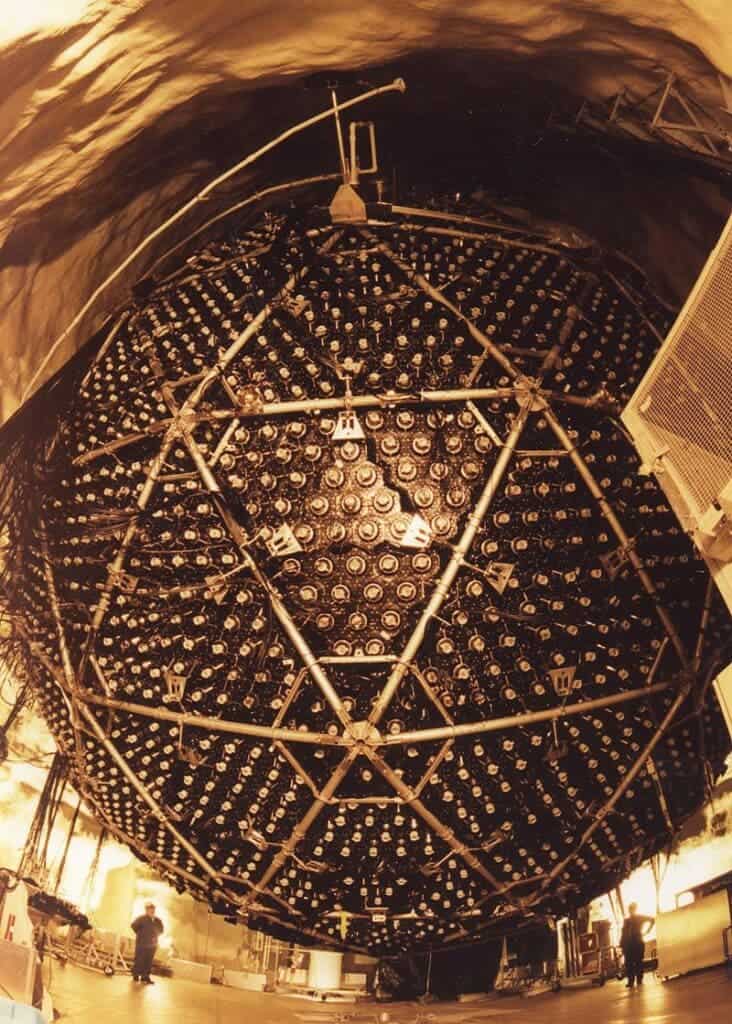
The SNO detector isn’t quite on as large a scale as Super-Kamiokande, containing 1,000 tonnes of hard water, around 10,000 photomultiplier tubes, but its depth at nearly 7000 feet beneath makes it truly imposing.
But, when it comes to neutrino detectors, it’s hard to imagine one as truly isolated as the aptly IceCube Neutrino Observatory — or just IceCube. The CERN operated observatory located in Anartacia consists of thousands of spherical optical sensors named Digital Optical Modules (DOMs) buried at depths ranging from around 5000- 8000 feet across a cubic kilometre.
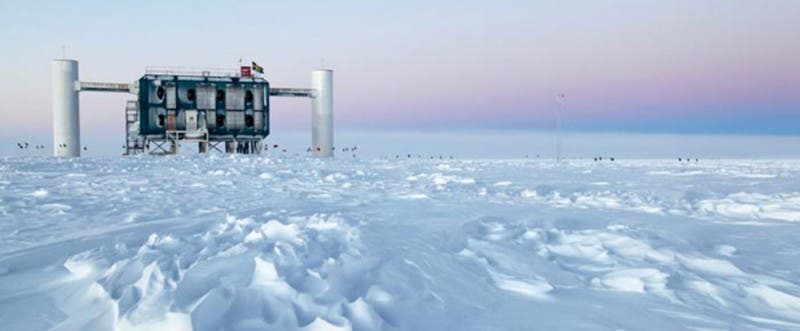
Each DOM is attached to a string within 59 other units and possesses its own photomultiplier tube and data gathering computer sending information to a central ‘counting-house.’
In 2013, three years after it began operations, IceCube detected 28 neutrinos from outside our solar system, and the facility is able to detect neutrinos across a wider range of energies than its undeniably impressive contemporaries.
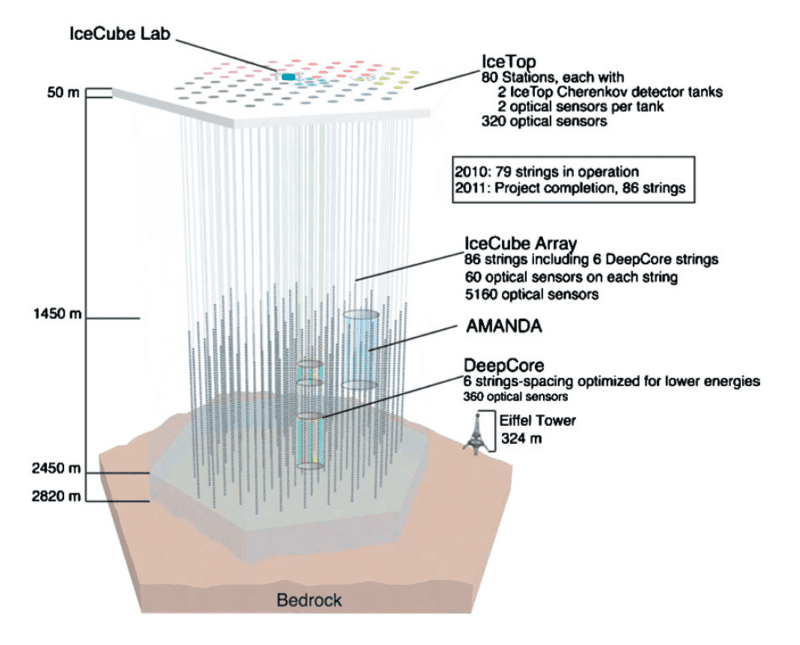
Over the coming years, researchers at facilities such as Super-Kamiokande and SNO will push neutrino science into investigations that could answer some of physics’ most fundamental mysteries — including attempts to uncover the nature of dark matter. Meanwhile, the detection of sterile neutrinos at IceCube could even help verify string theory as a valid unification theory bringing together general relativity and quantum physics and creating a model of quantum gravity.
The truth is, insignificant though its interactions are, the role of the neutrino in the physics that govern the Universe is anything but.
